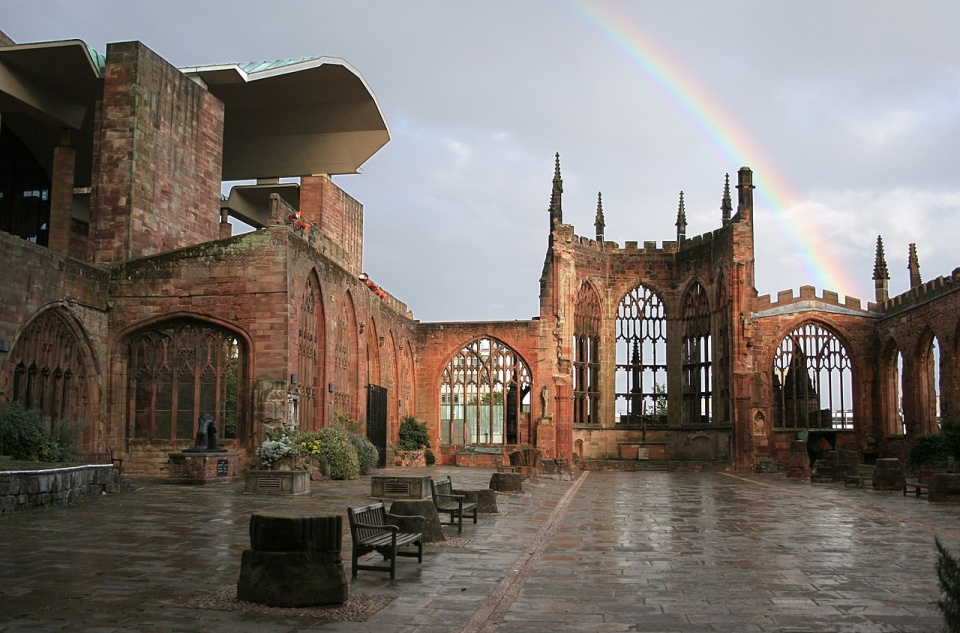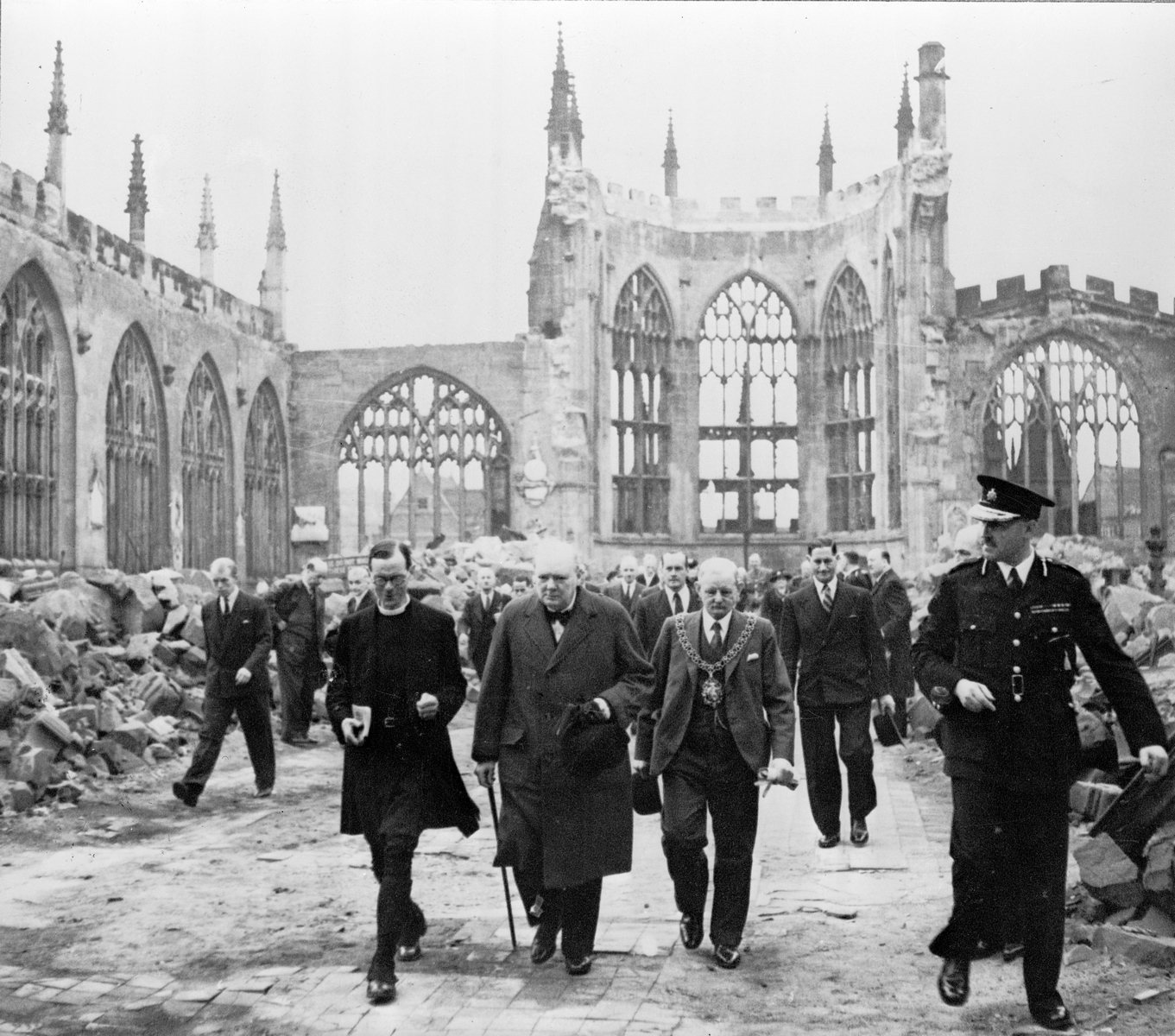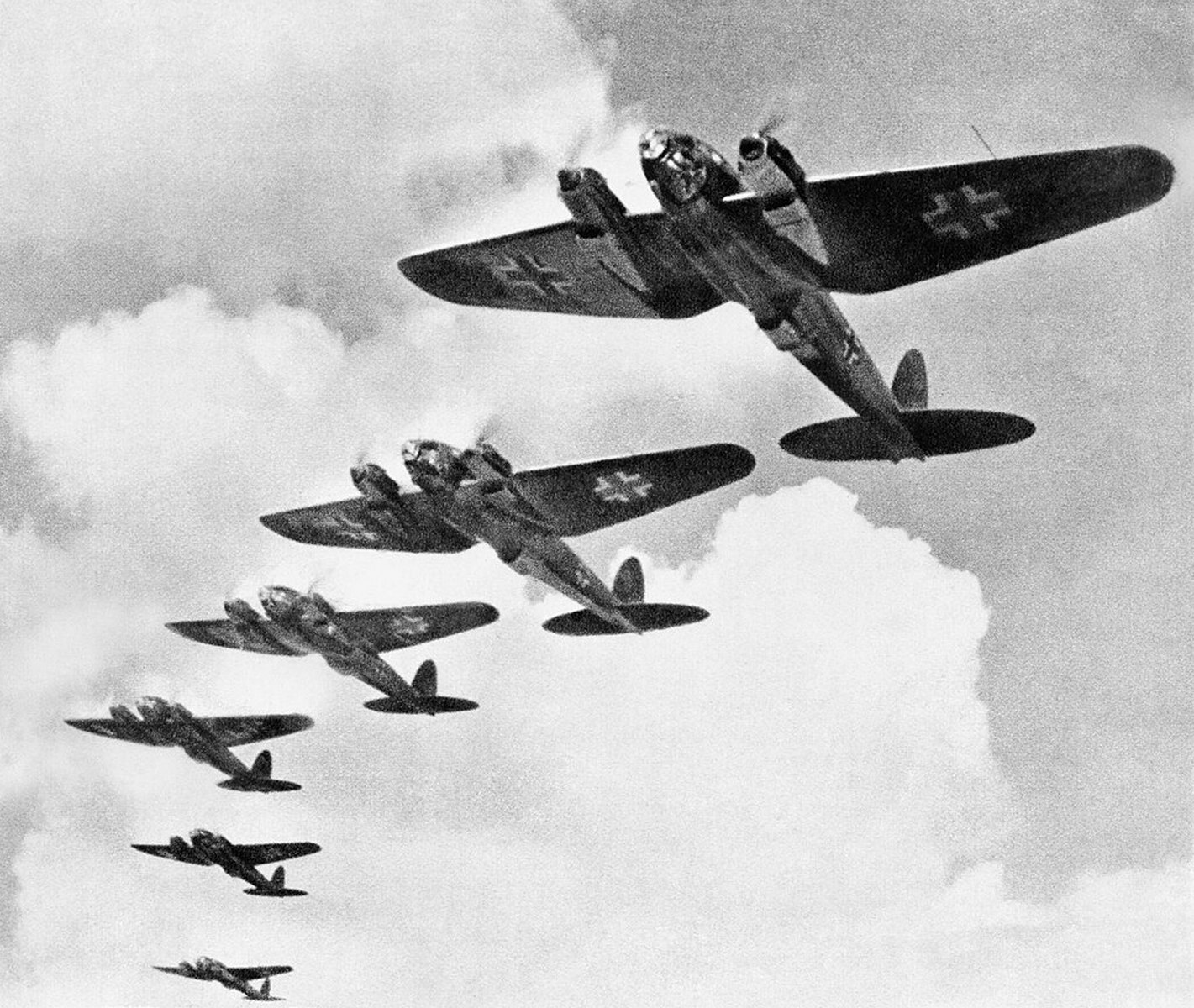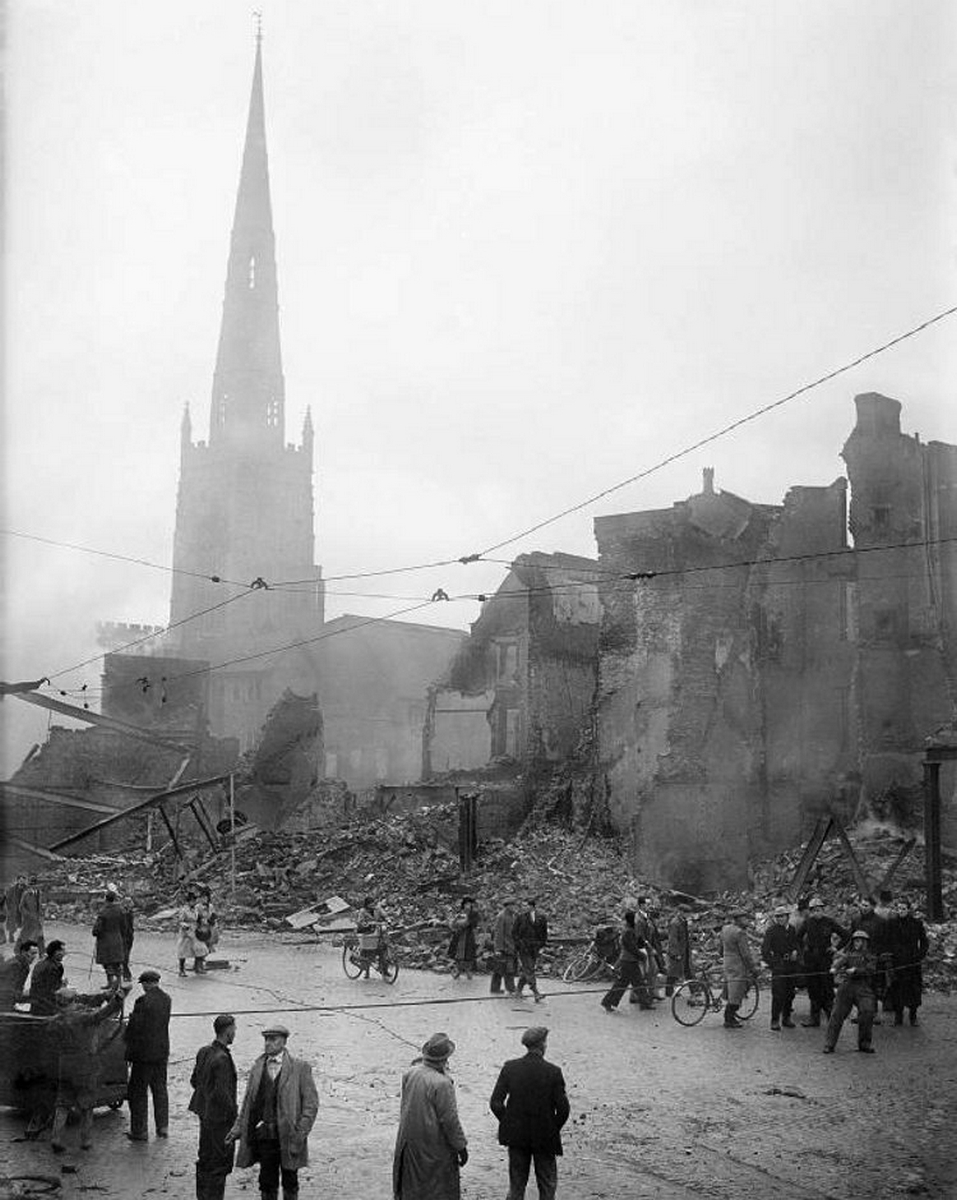85 years since the tragedy in the English city of Coventry

November 15 marked the 85th anniversary of the massive Nazi Luftwaffe raid on the English city of Coventry, considered one of the most horrific war crimes of Hitler's regime.
Coventry is located in the east of the English county of West Midlands and had become an important industrial center of Great Britain even before the start of World War II. In particular, aircraft engines and ammunition were manufactured here. The city was not very large, with a population of over 240,000.
During the Battle of Britain, in July-October 1940, the Luftwaffe carried out 17 small raids on Coventry. As a result, 176 people were killed, and industrial and civilian infrastructure suffered minor damage. Therefore, the headquarters of the German 3rd Air Fleet developed a special operation against Coventry, which they called “Moonlight Sonata.”
It began on the evening of November 14, 1940. Twelve He 111 aircraft equipped with the latest radio navigation equipment were the first to reach the target and at 7:20 p.m. dropped illumination bombs, which served as markers for the bombers that followed. Coventry itself was attacked by 437 aircraft that took off from airfields in northern France. Another 60 aircraft bombed other targets or turned back due to technical problems.
The first wave dropped high-explosive bombs, which destroyed water pipes, power lines, and telephone lines, and also created craters in the roads, making it difficult for fire engines to pass. Subsequent waves of bombers used a combination of high-explosive and incendiary bombs. As a result of the destruction of buildings, a lot of wood from internal structures and furniture ended up outside and became “fuel” for large fires. In addition, the Germans dropped aerial mines, which exploded later and caused casualties among firefighters.
The operation lasted until the morning of November 15. In total, more than 450 tons of various ammunition were dropped. Only some of them hit industrial facilities. Others hit residential areas, with the city center being particularly affected. More than 4,300 non-industrial buildings were destroyed, including two hospitals and two cathedrals. According to official data, 568 people were killed (although the final number has not been established), and another 863 suffered injuries of varying degrees. The British avoided greater losses thanks to shelters and the fact that, after previous raids, many Coventry residents began to spend the night in the suburbs.
The local air defense failed to cope with its task. The British managed to shoot down only one He 111.
Western media devoted a great deal of coverage to the bombing of this English city. Propaganda also played its part. As a result, the tragedy of Coventry became one of the common images of Nazi crimes and served as a justification for further massive Allied air raids on German cities.
It was decided not to rebuild St. Michael's Cathedral, which had been destroyed by bombs, but to turn it into a memorial. Today, it serves as a reminder of the horrors of war and preserves the memory of its victims.

 Fan-page
Fan-page Youtube
Youtube TikTok
TikTok Aviamuseum
Aviamuseum State Aviation Museum
State Aviation Museum



